Tuesday - 9 April 2024 - We arrived in Lima on 8 April and took a plane the next morning to Arequipa, the
second-largest city in Peru at 1.2 million.
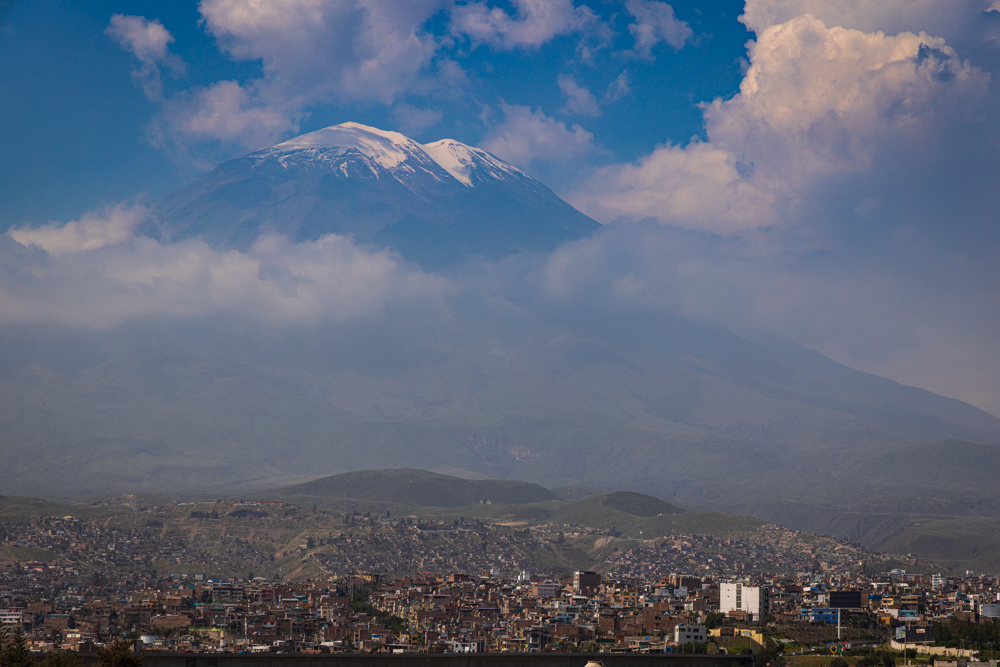
On the way to the hotel we stopped at the Plaza de Yanahuara to view the city and the Misti volcano towering over the city. The volcano is huge, rising 19,101 feet.
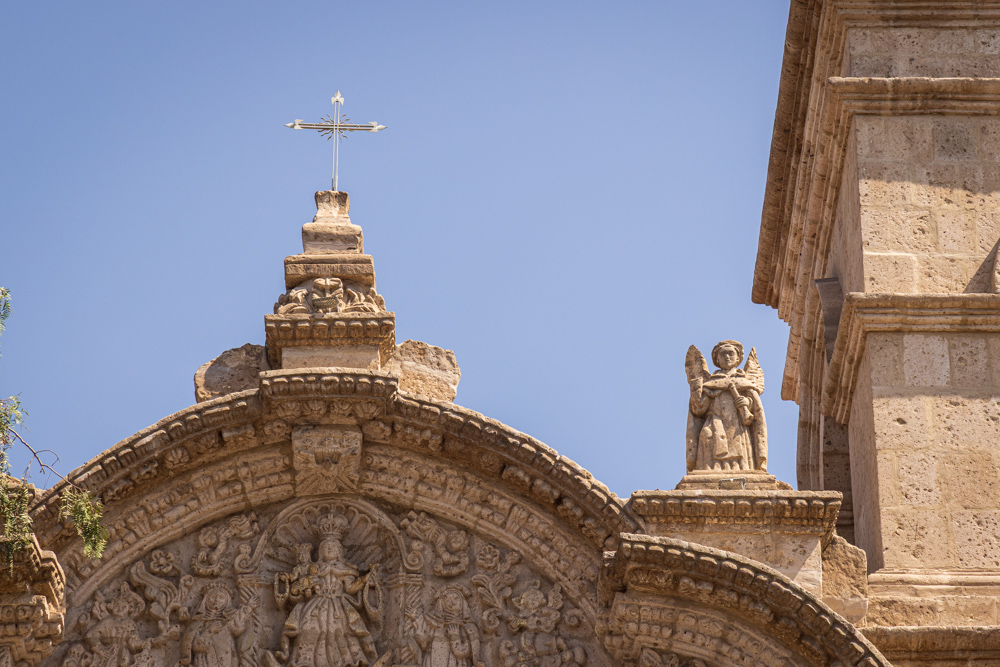
The facade adorned with intricate foliage ornamentation, is characteristic of the eighteenth century.
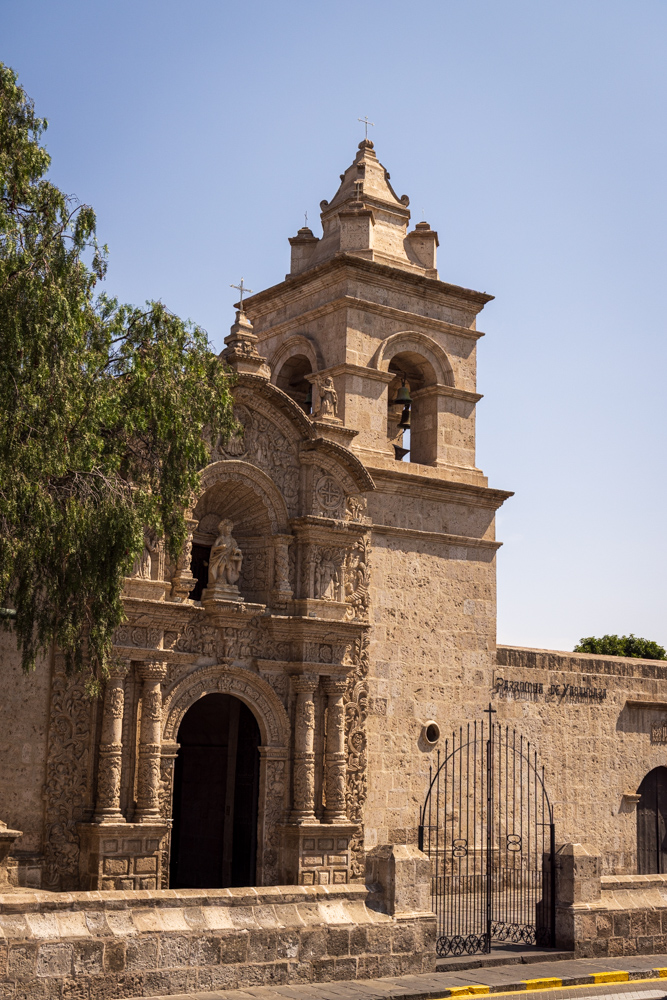
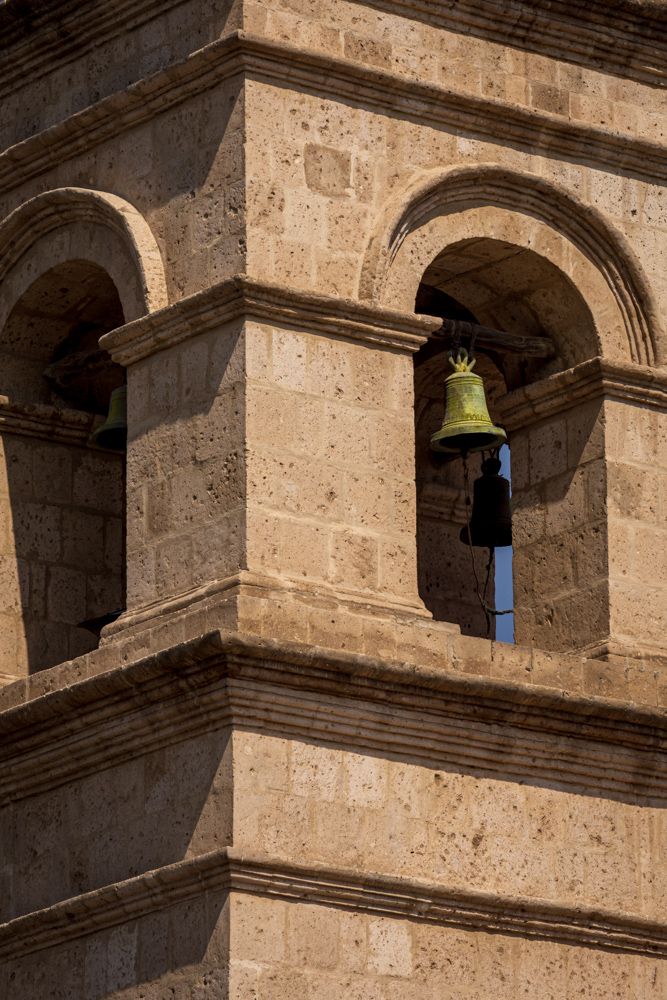
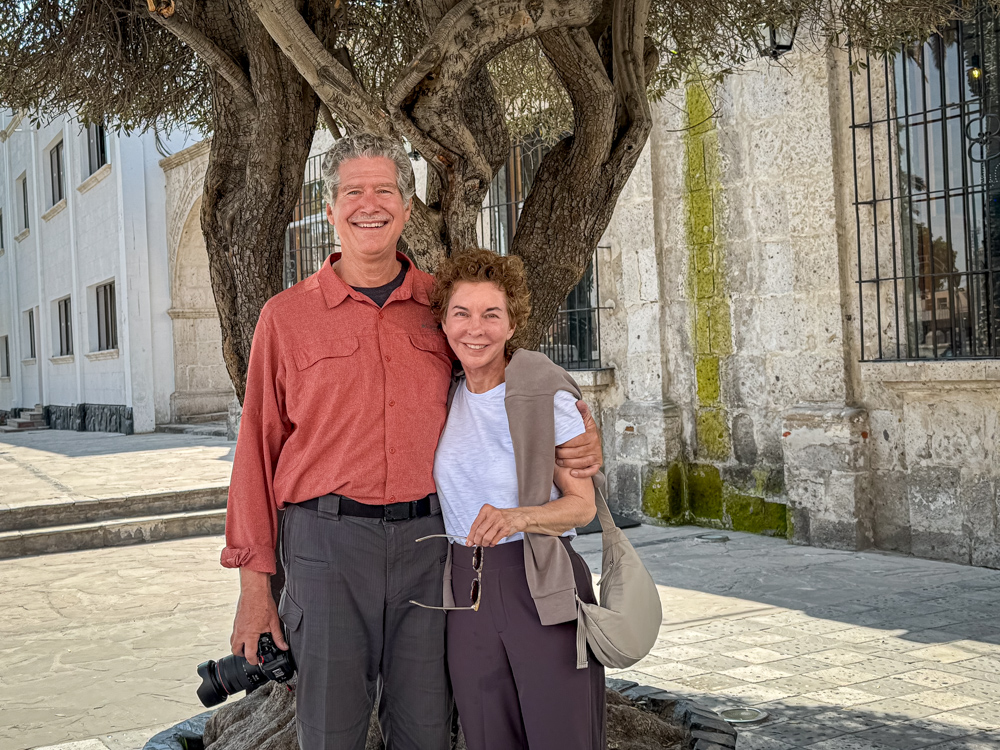
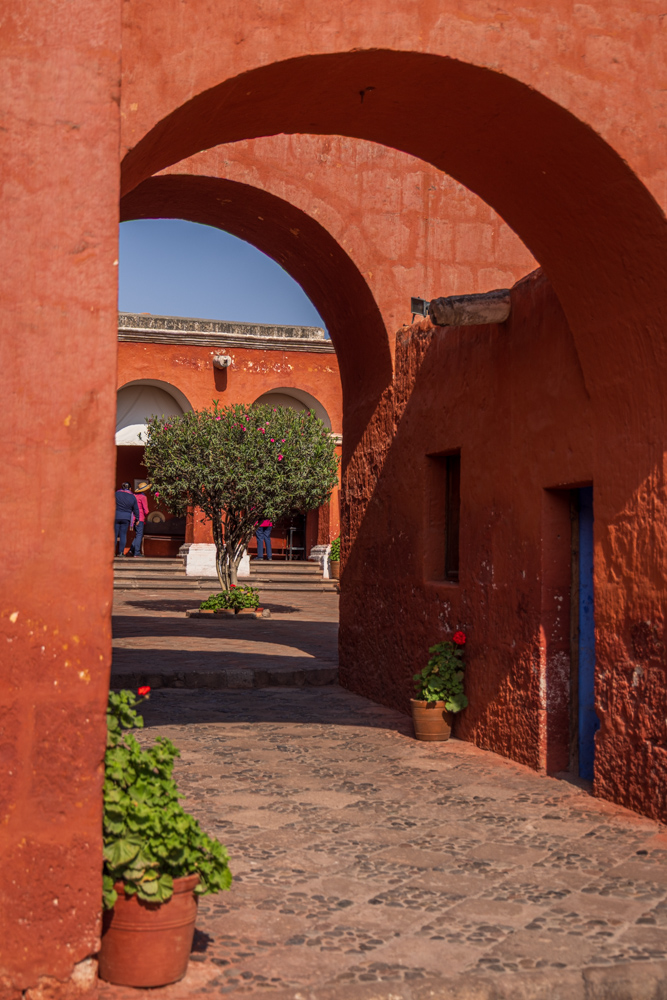
The Santa Catalina Monastery founded in 1579, is a small city occupying about five acres. It is a monastery for nuns - completely isolated from the city surrounding it by a 14-foot wall.
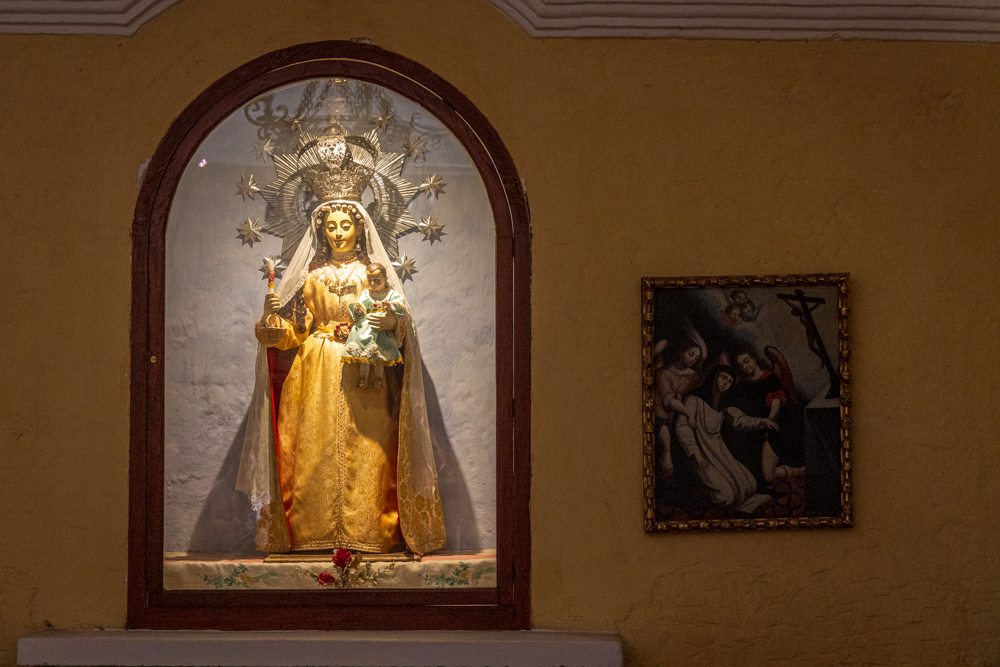
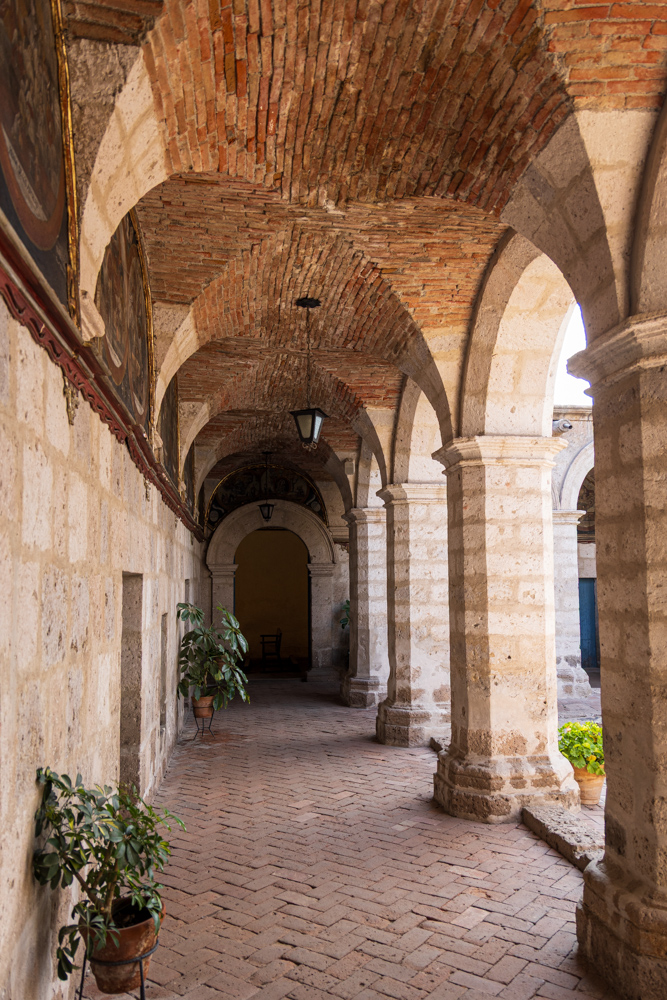
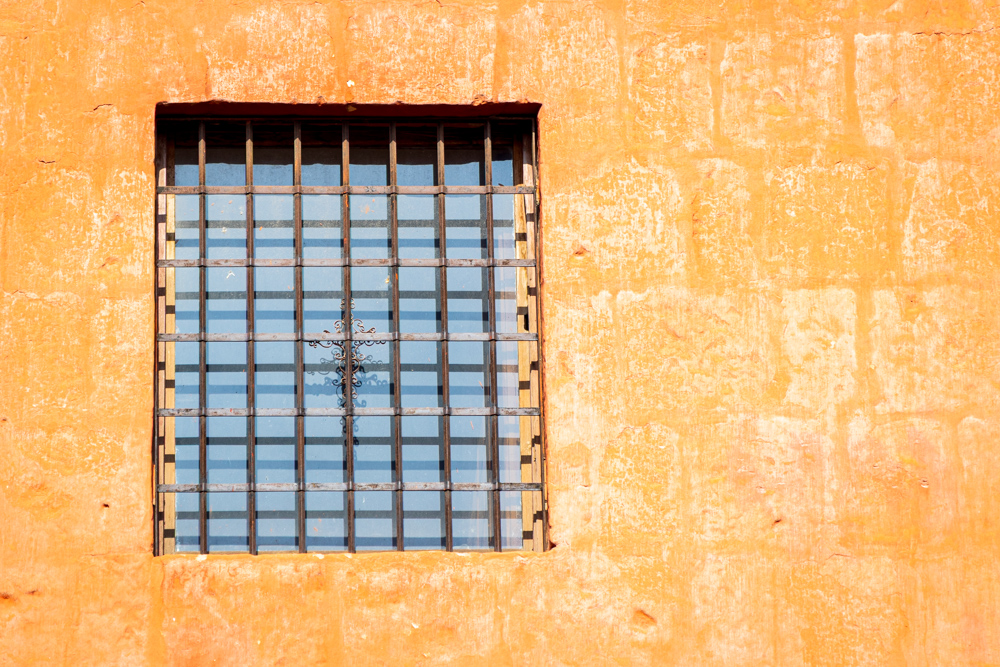
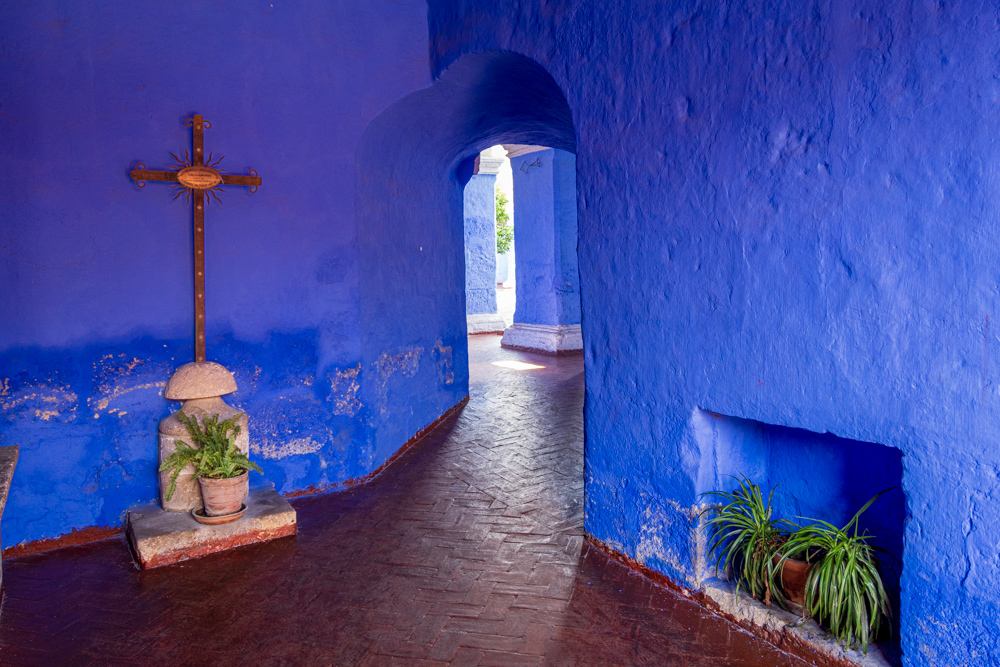
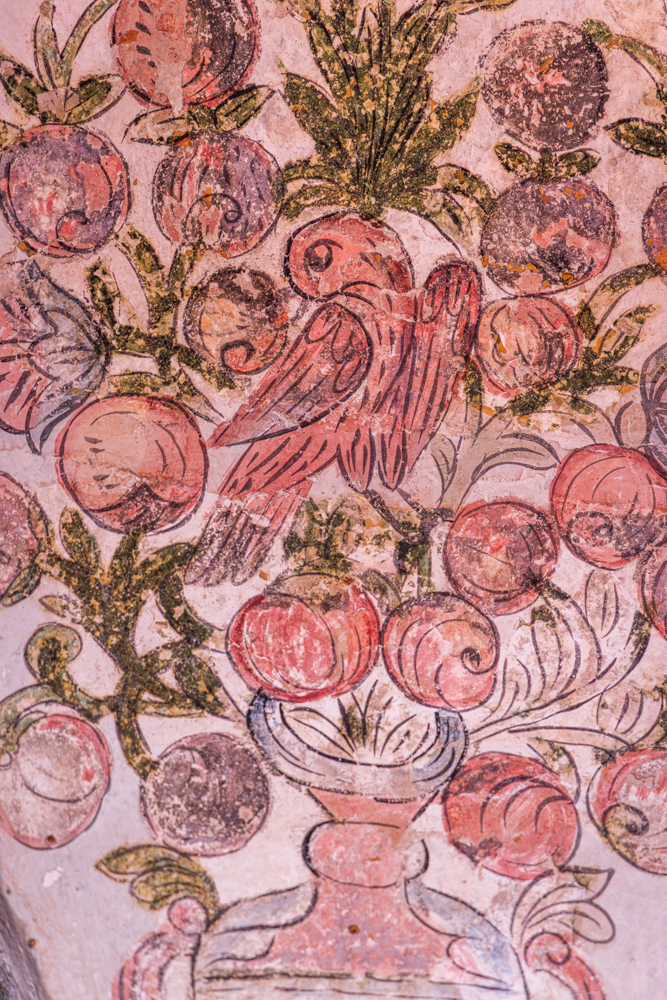
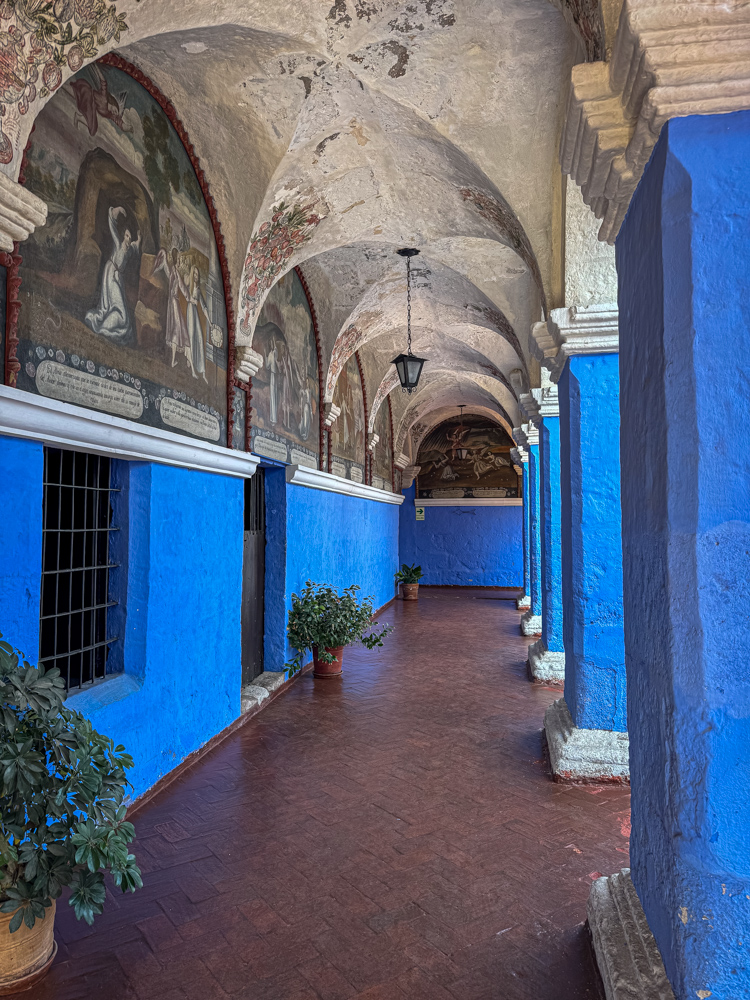
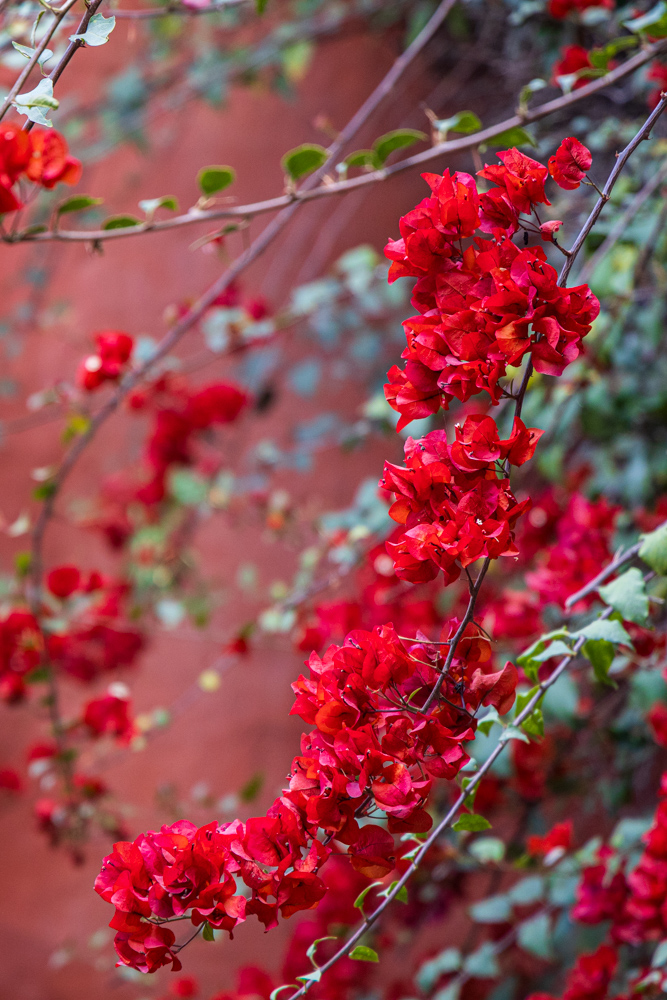
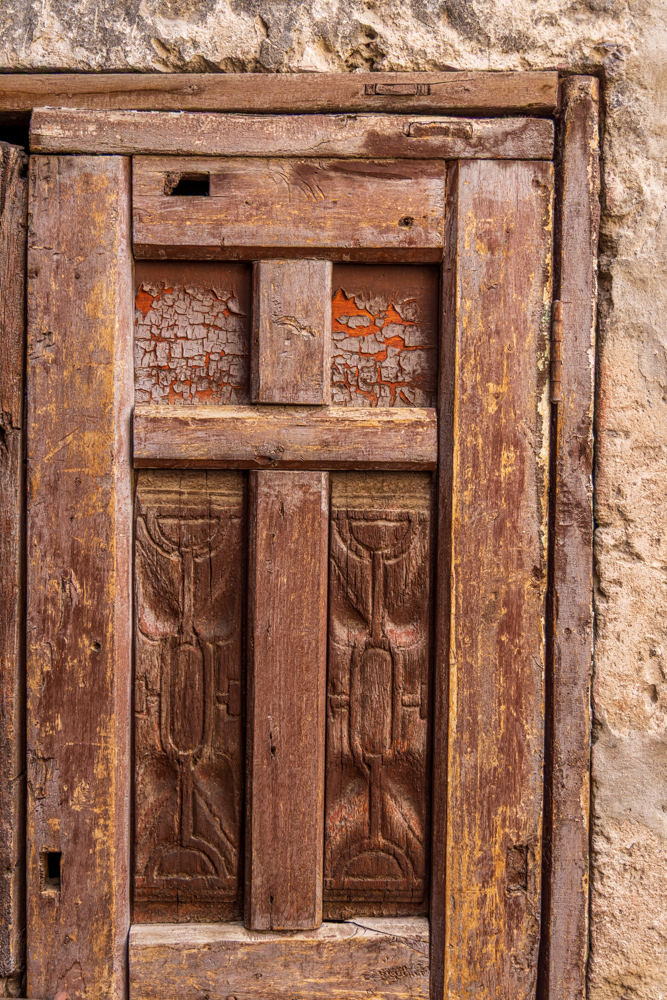
Nuns still live in a secluded portion of the monastery, which was opened in 1970 as a museum.
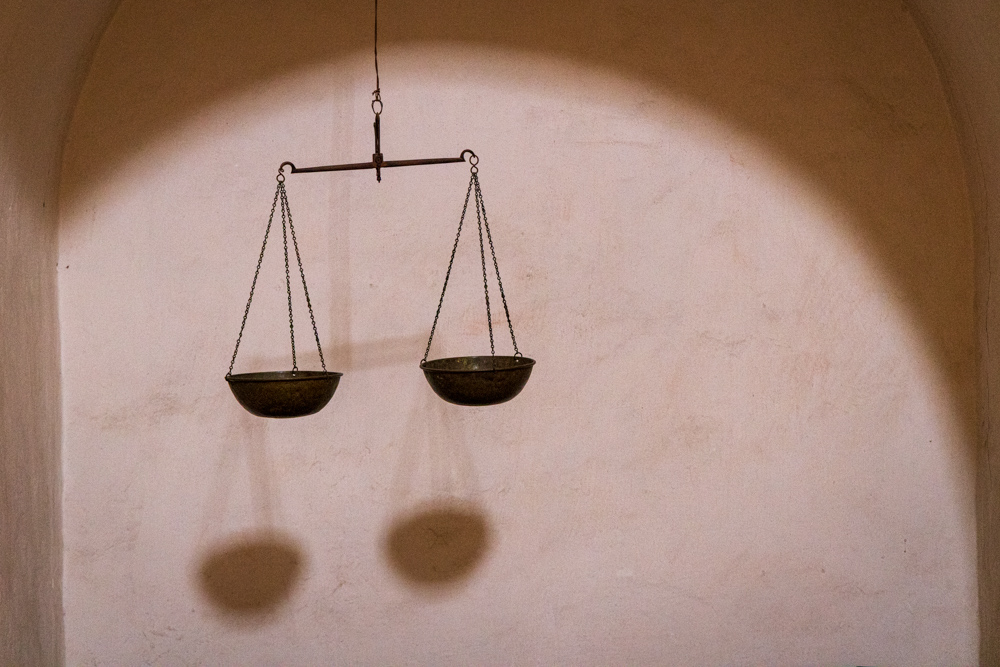
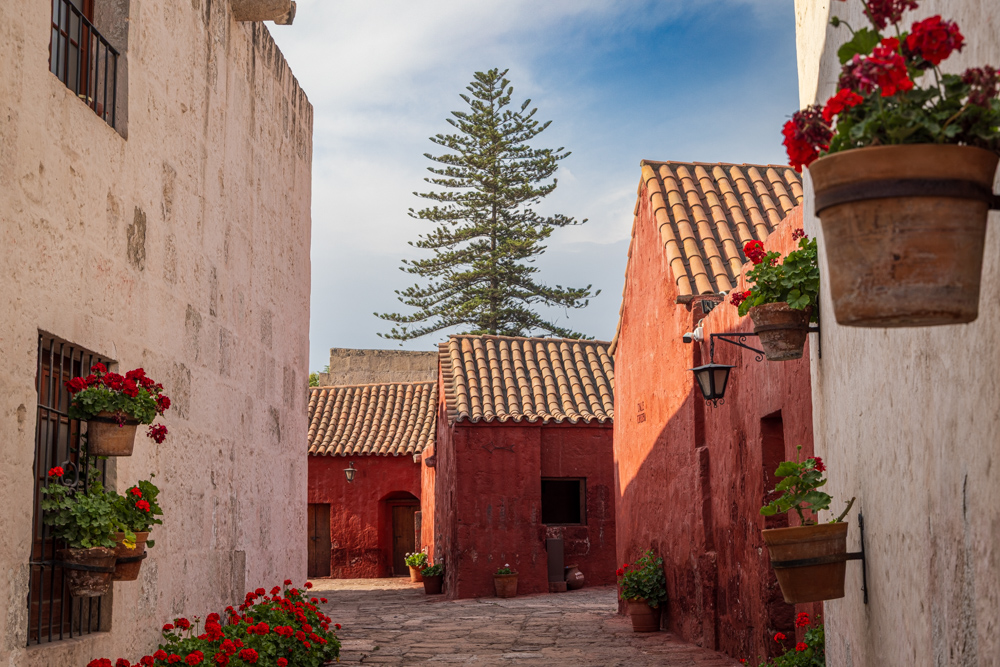
As the monastery grew with more young women entering, rooms designed for a single woman were added and custom built by their families.
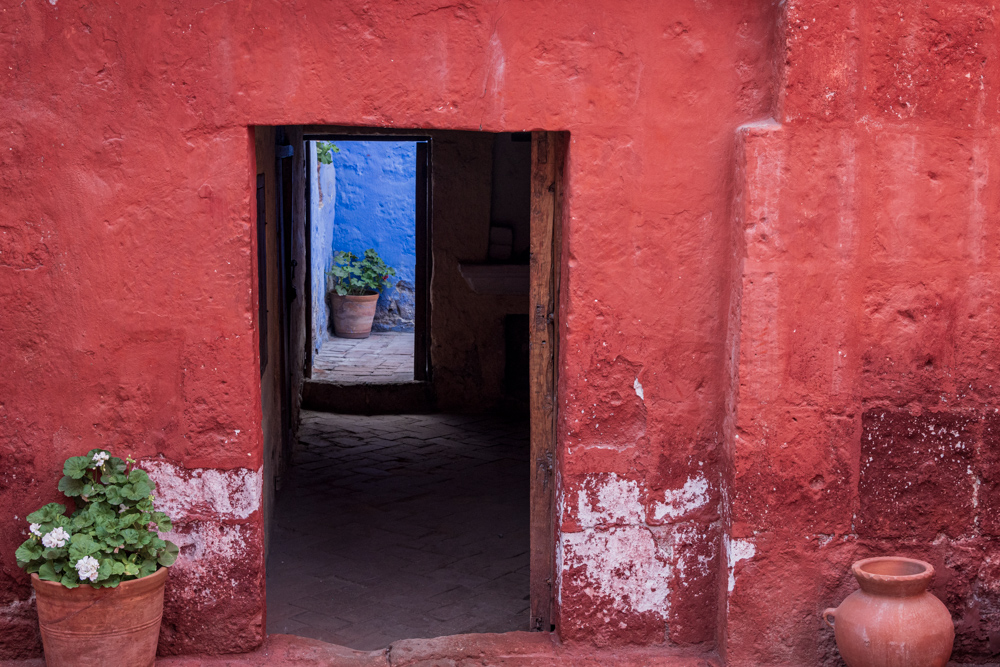
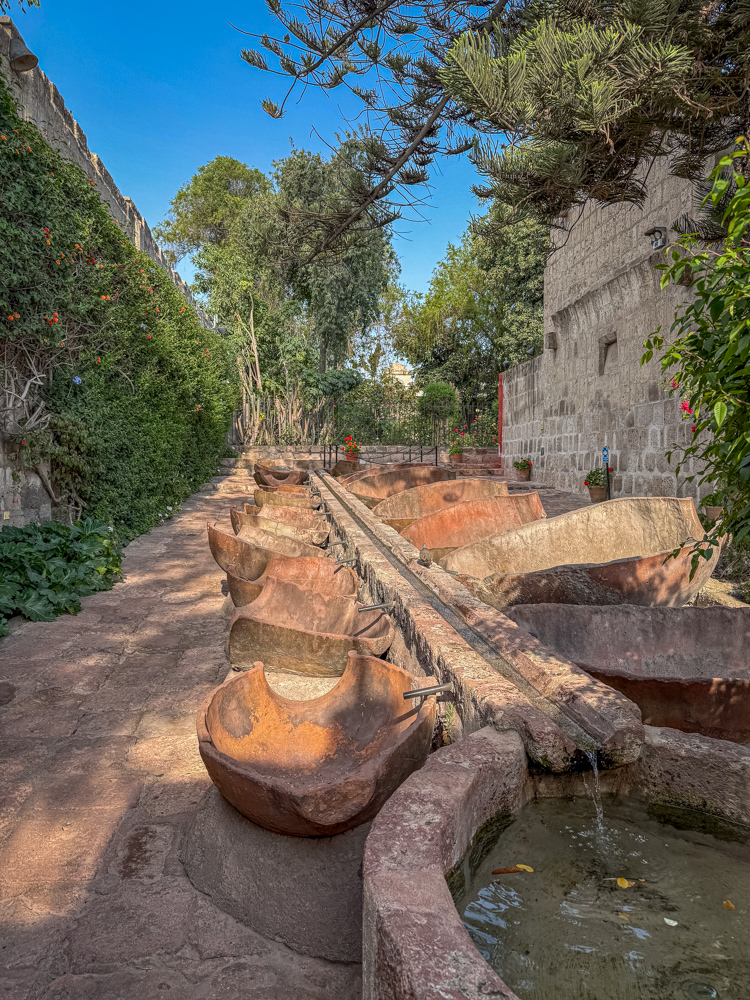
Built in 1770, using 20 of the large clay containers, the water ran through a central channel which is diverted to each jar by placing a stone in the central channel. At the bottom of the container is a plug, which when removed allowed the water to run in an underground channel to the river.
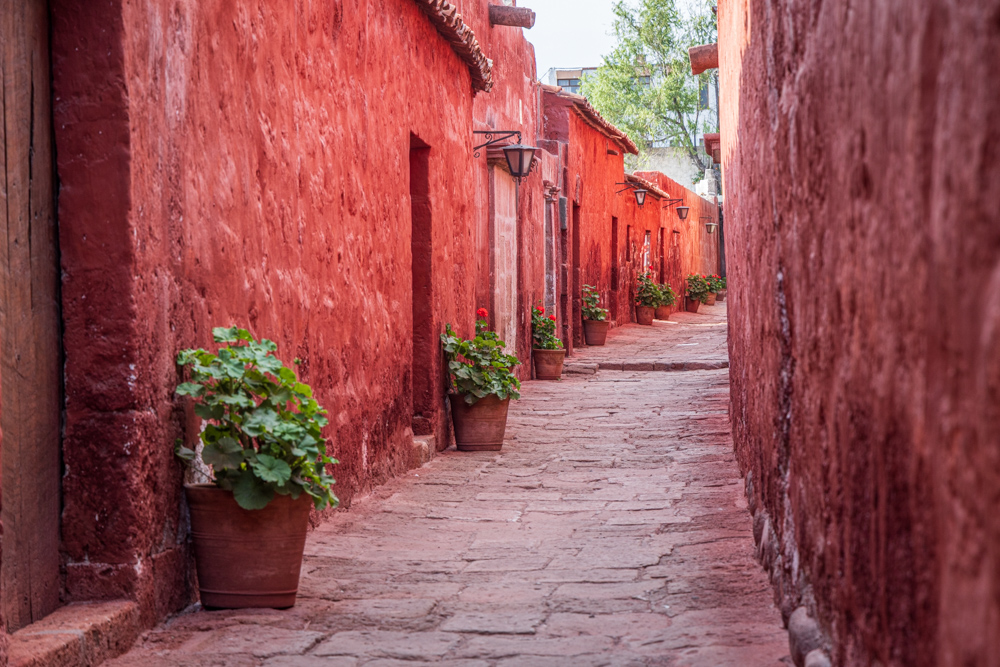
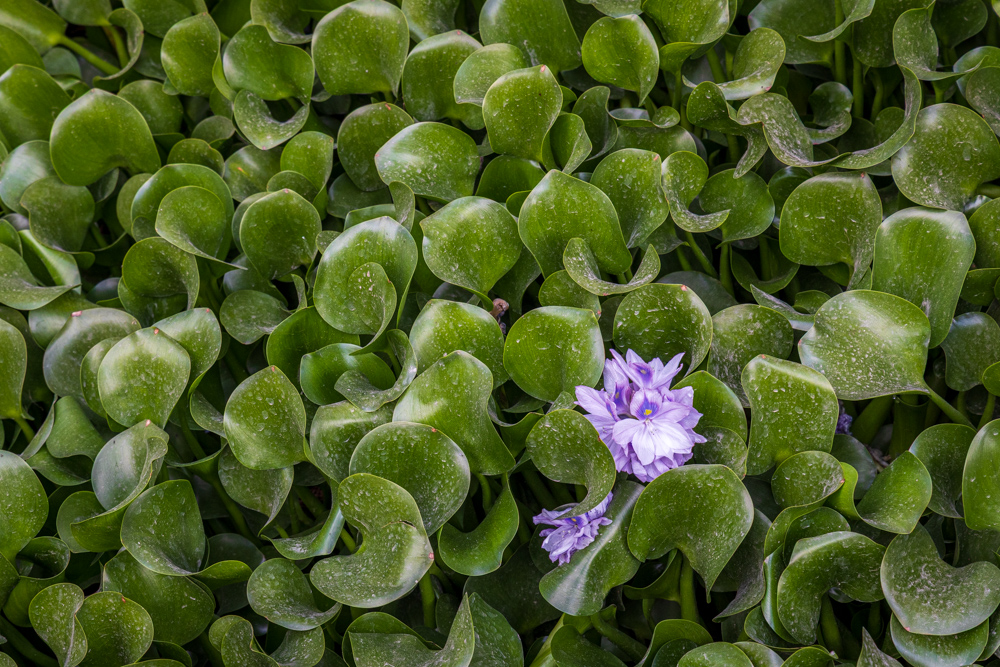
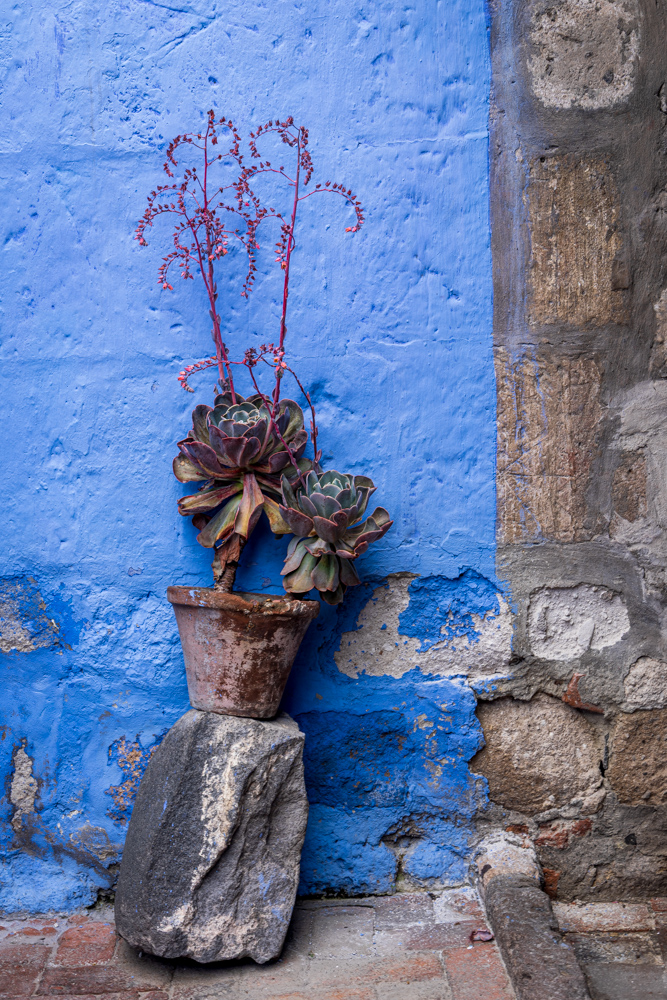
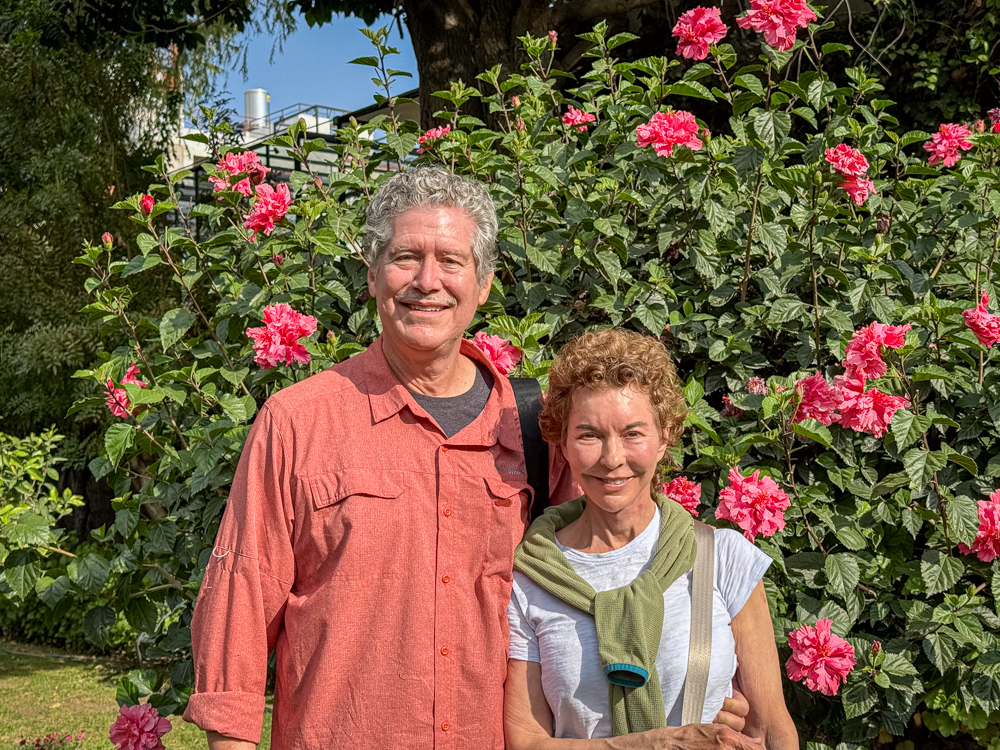
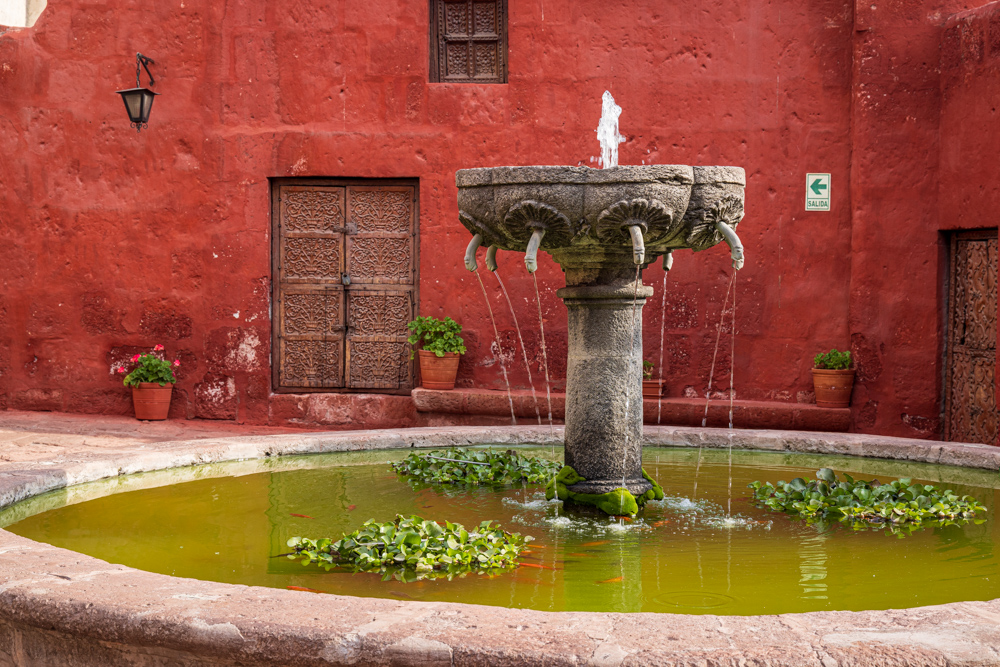
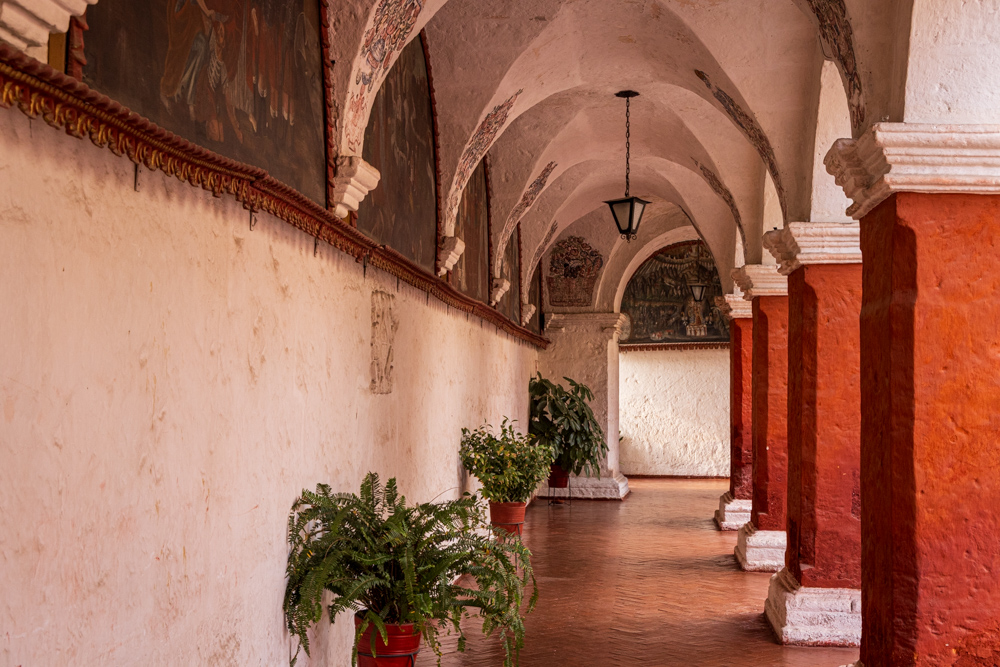
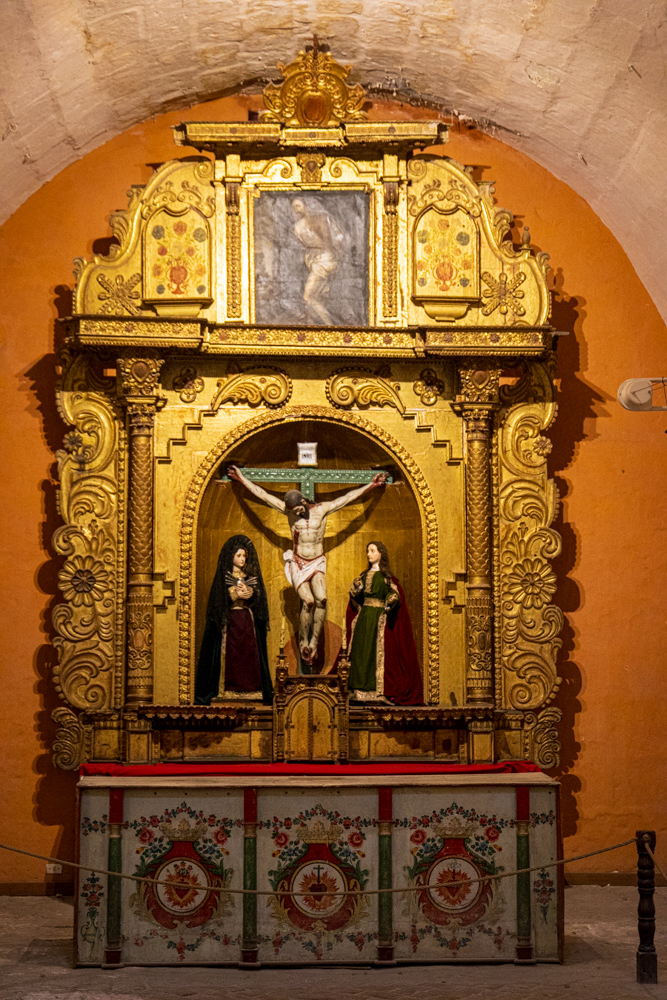
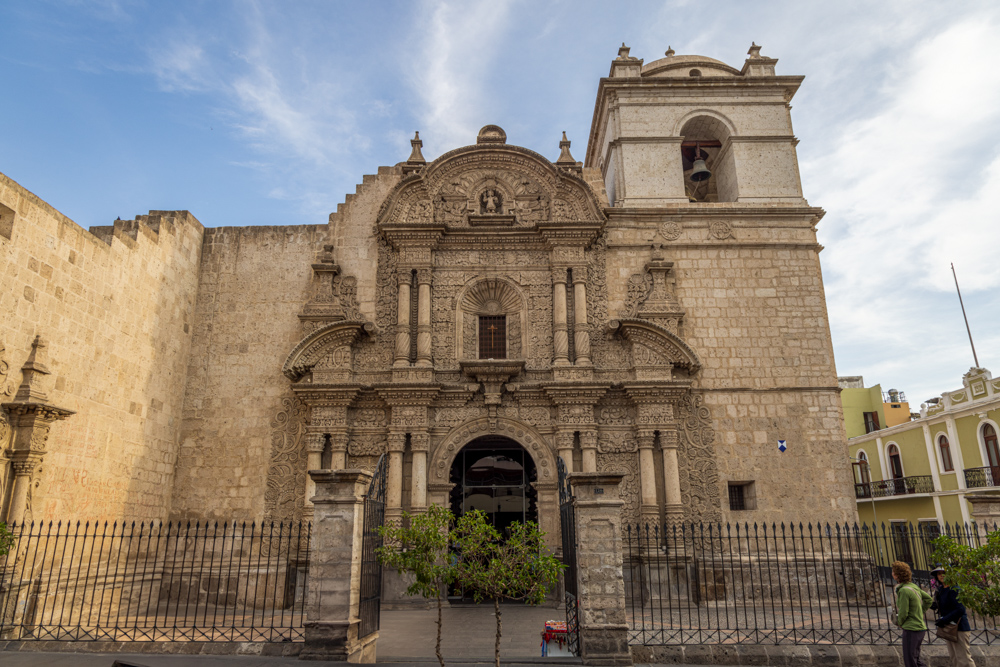
The church was begun in 1590 and completed 100 years later in 1698. It is built, as many buildings are in Arequipa, from the volcanic stone quarried just outside the city. The stone is easy to carve and so the front of the building is covered in art.
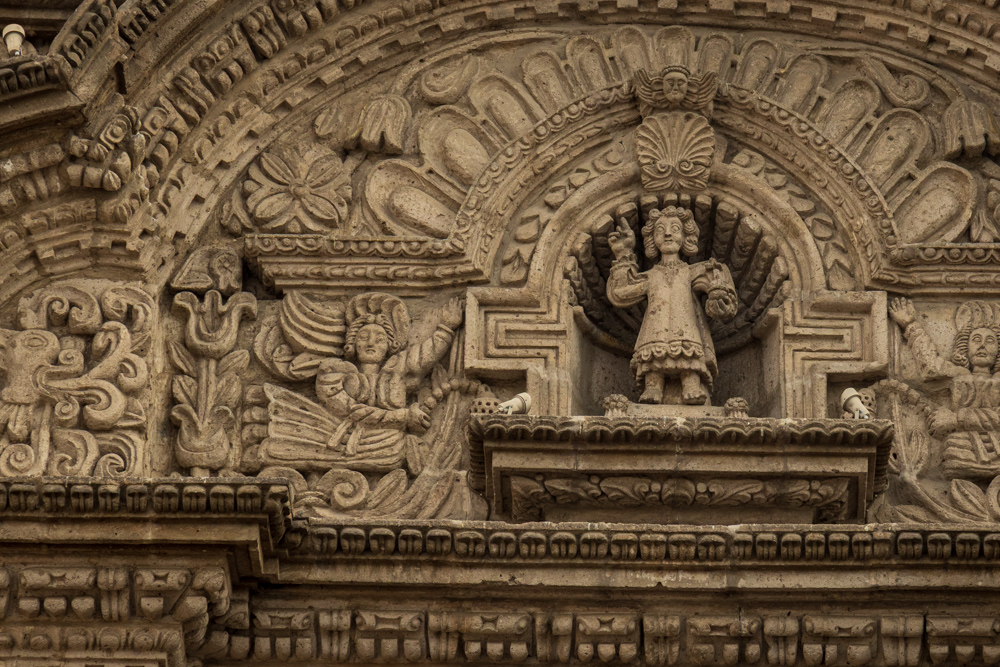
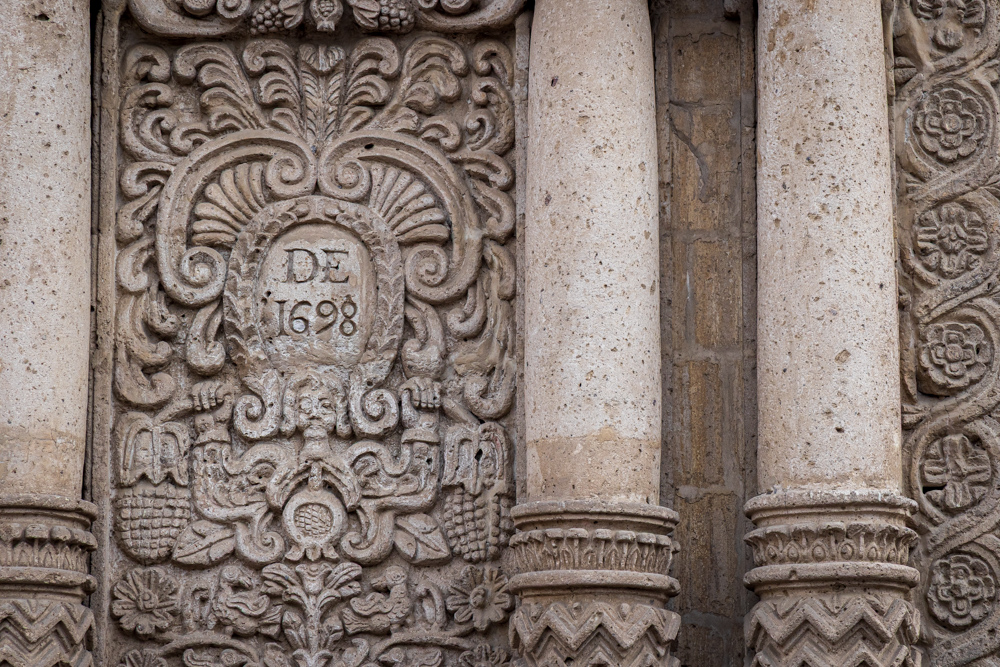
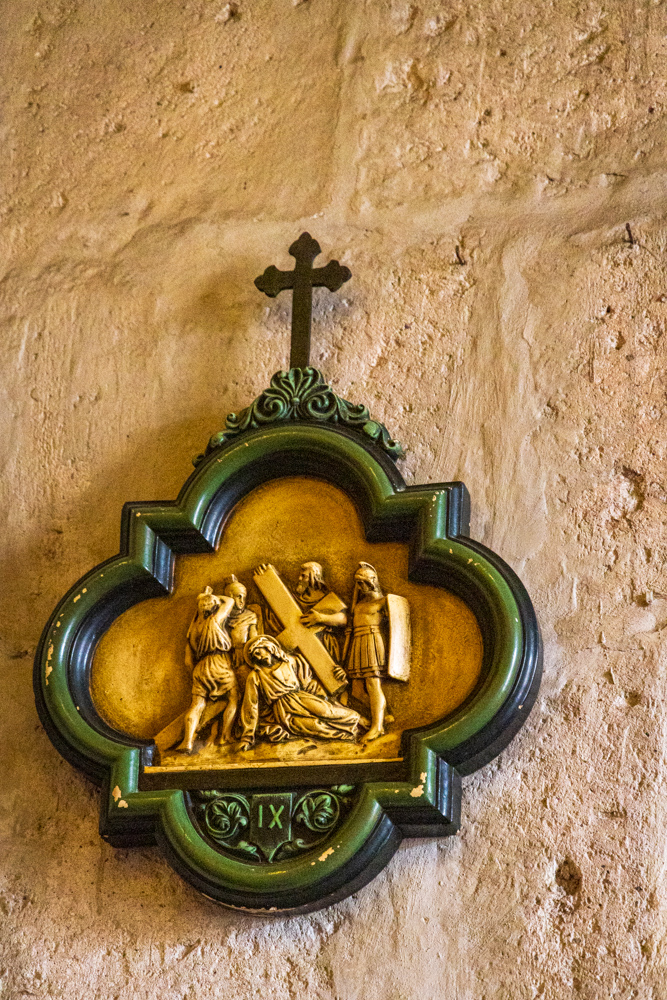
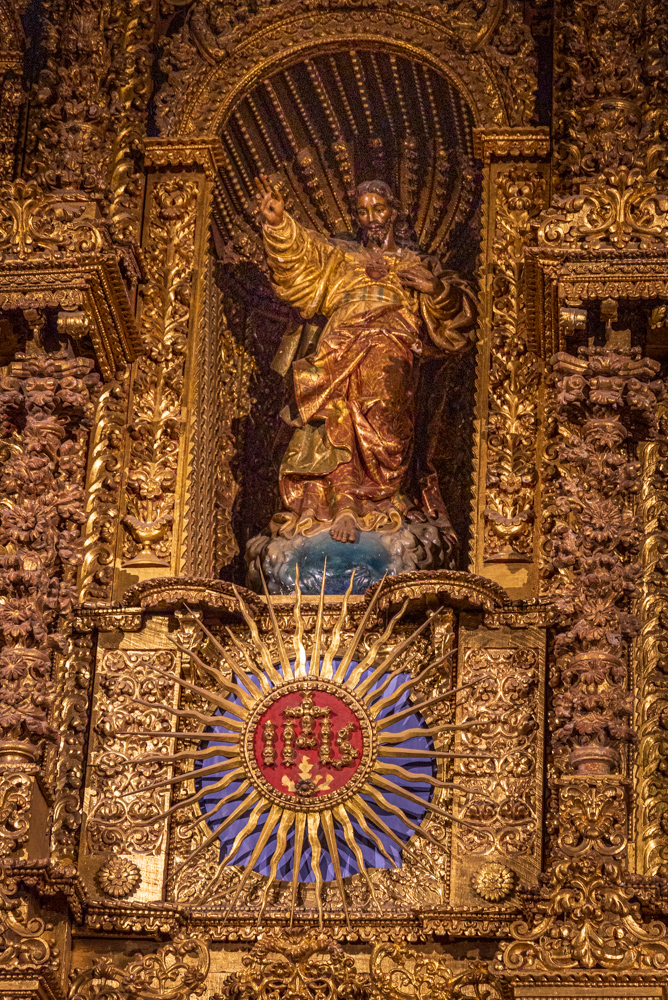
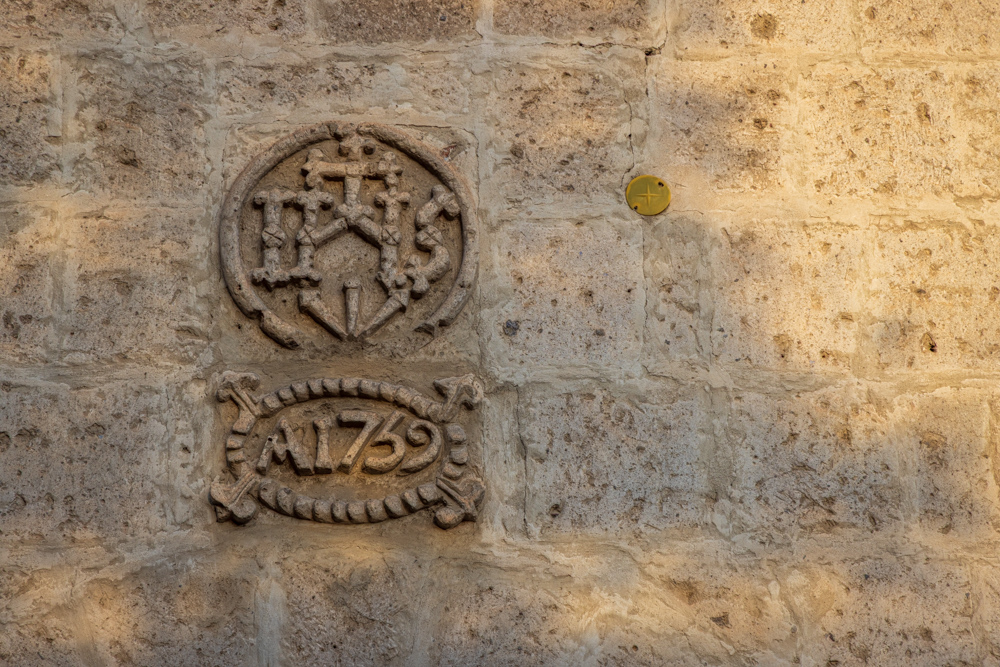
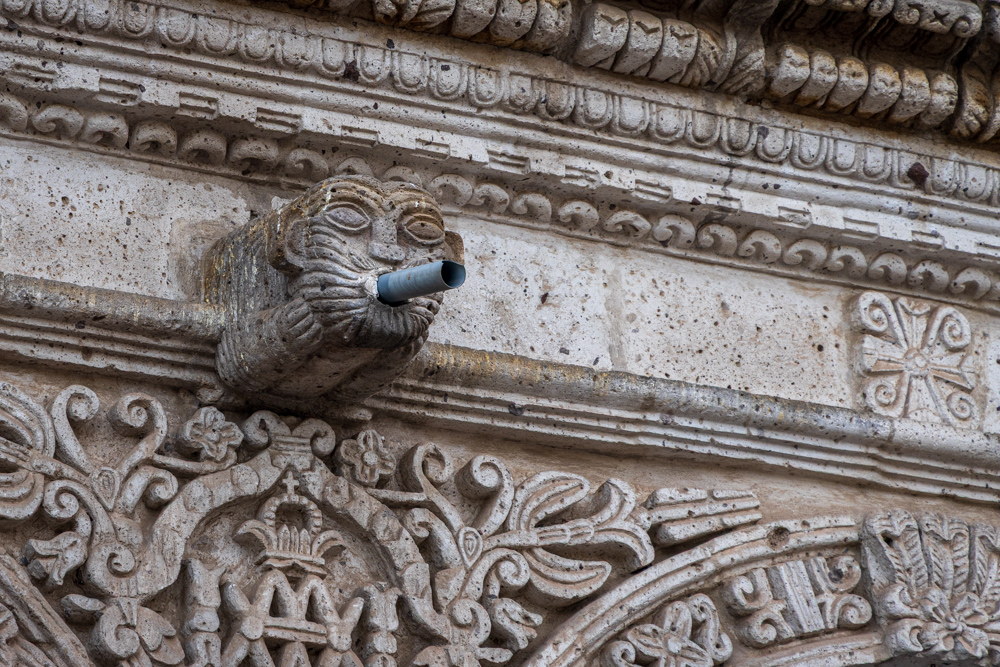
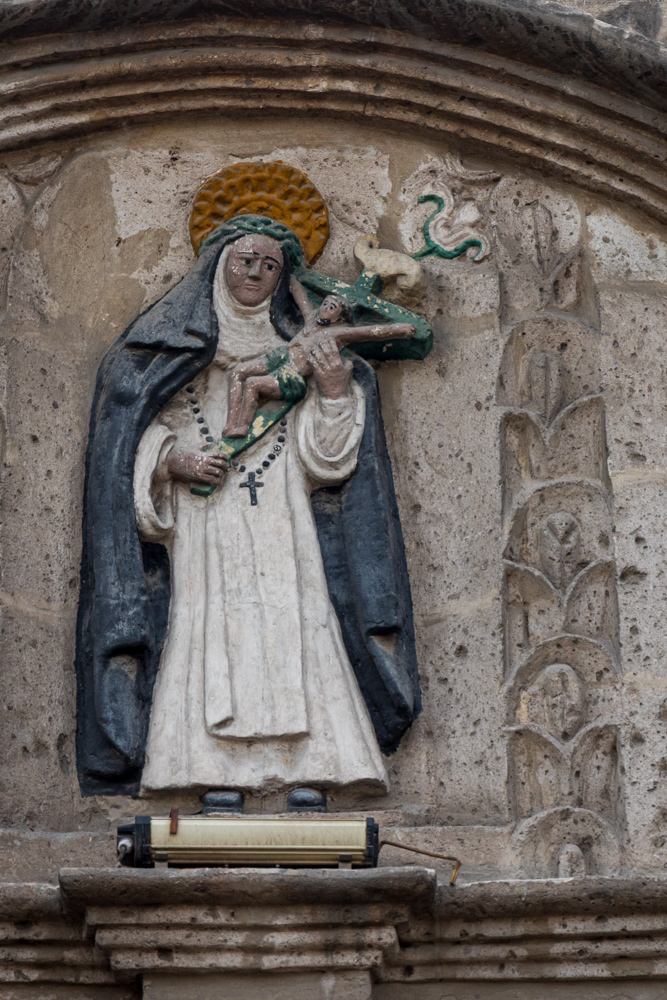
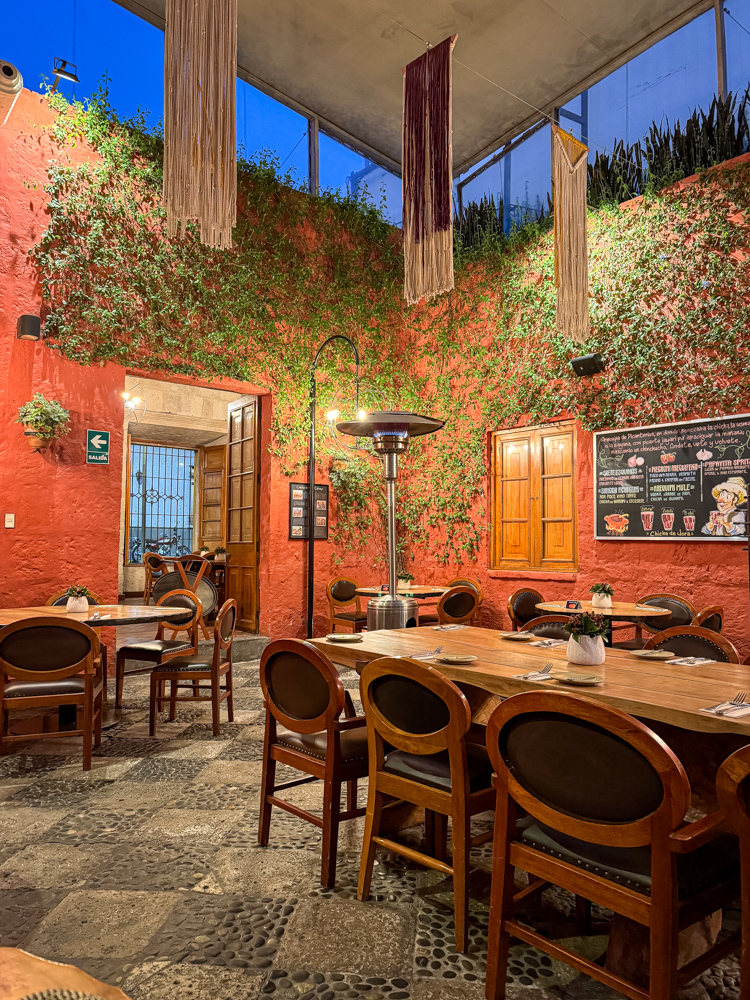
Cal tried Cuy (Guinea Pig) as an appetizer. The Guinea Pig is still eaten in Peru and is considered a special dish. Many restaurants serve the little critters. This was our only venture into Cuy for the trip.

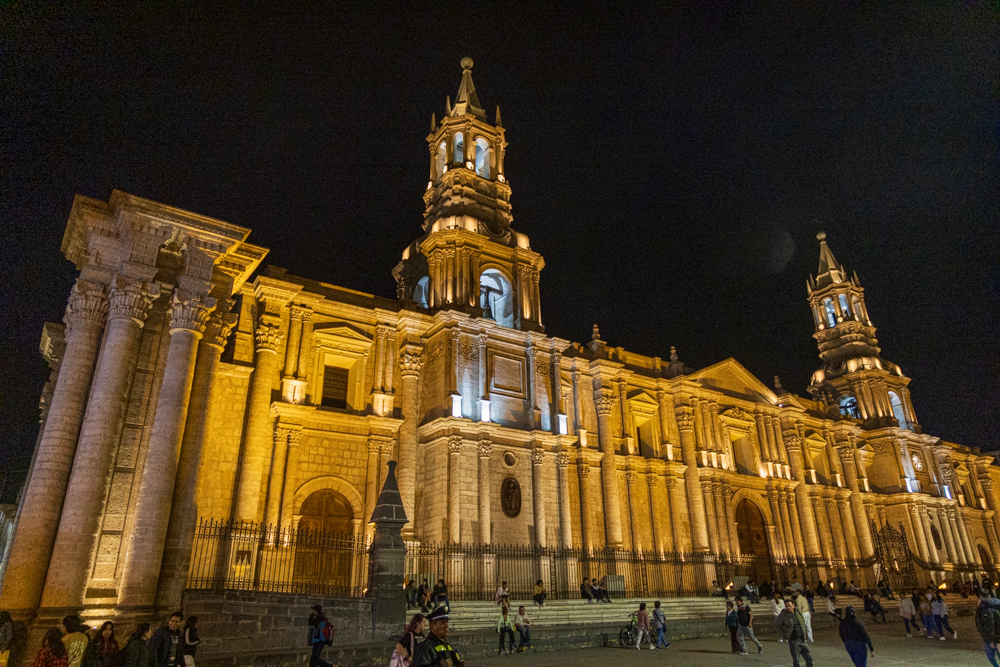
Our first day in Peru was very successful - looking forward to the rest of the trip.